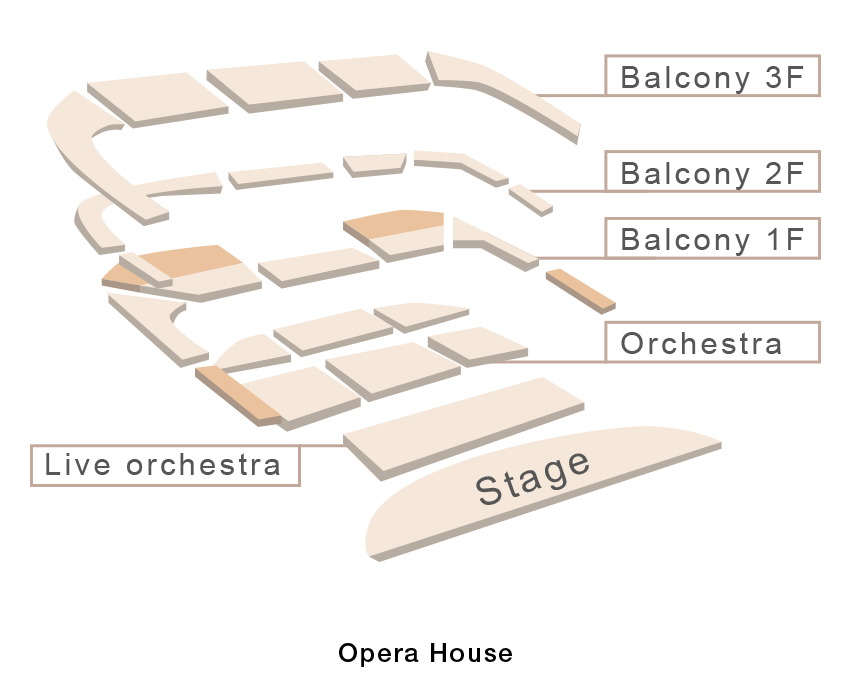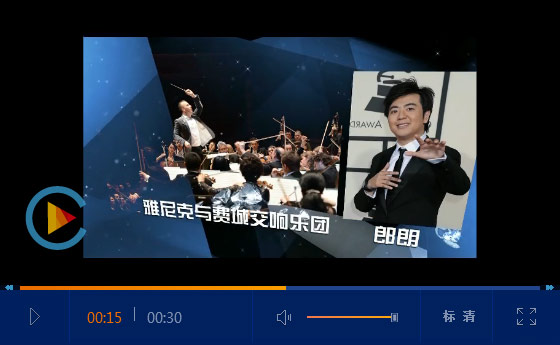November 24th Numerical series 10 & 12
November 25th Numerical series 11
November 26th Numerical series 13 & 14
10
10 was created in 2020.
The work 10, which reflects the choreographer TAO Ye’s insights about life gained in 2020 after the epidemic outbreak, is a dance for supplication, designed to help stop the epidemic at an early date in order for people to return to the theatre and gather together for dance.
When performing the dance, the ten dancers must stand in a circle, each facing the centre of the circle and rotating on his/her toes to make the circle appear to revolve around the centre. With the passage of time, the dancers no longer rotate their spine, but start rotating their elbows, and finally, fingertips. In the manipulable whirl, the ten dancers have their hands tangled up, looking as if their bodies were in raging flames, so that intense energy fills the entire space with rituals of life that are spinning round.
Rotation is a type of natural motion for all things in the universe. In the work, a primitive human fable of the bonfire is conceived with dancers dancing in a circle, staying near or far away from one another. It implies hope for an endless circle of life that has been cherished in close emotional ties from generation to generation.
11
11 was created in 2021.
11 is the 11th work of the numerical series and the longest work to be created by the choreographer TAO Ye. The creative idea is reflected in the symmetry between numbers, i.e., the two 1s are independent of each other and correspond to each other, representing mutual promotion.
In the work, there are rules of restriction and freedom for the dancers: The lower body is restricted while the upper body is free. Each dancer goes back and forth from side to side on his/her own path. There is an established rule for every step taken by them, including the space in which their hipbones rotate, and the orientation of their knees. In contrast, the upper body, including the shoulder, elbow, wrist, spine and head, can move freely. The 11 dancers initiate a conversation between rationality and sensibility, presenting 11 dimensions, in which solo dance, duo dance, trio dance and ensemble dance get intertwined in order.
The body is divided into inside and outside, so how to achieve a balance between individual nature and group cooperation? The work 11 tries to understand freedom by imposing new restrictions.
It was a worldwide challenge, one that TAO Ye always wanted to solve, as to how to bring a work into being by improvisation. There could be an opportunity to combine well-arranged classics with experimental uncertainties in this work. Convinced that “improvisation means everything but arbitrariness”, TAO Ye wanted the body to initiate a dialogue in opposite numbers.
As TAO Ye’s ten-year partner, Xiaohe once again acted as the composer. He composed 11 different styles of electronic music for the 11 dance clips, as if making a music album of pieces totally different in style, so as to create a more-dimensional imaginary space for the work.
In terms of costume design, a costume has been tailor-made for every dancer of 11. Being loose, the costumes help the 11 dancers to dance freely, unleashing greater freedom for body movement. Also, DUAN Ni has integrated the trace of body movement into the black-and-white costume in a visual way, adding instantaneous and complex visual motion to the stage.
12
12 was created in 2019.
Head down on chest, crouching, crawling, rolling, leaping…
The 12 dancers plunge into the earth with affection as if they were seeds dropping into soil, gaining the peace of life with the deepest attachment to the ground.
The work 12 is a dancing work created for the Cloud Gate Dance Theatre by TAO Ye when the TAO Dance Theater cooperated with the Cloud Gate Dance Theatre on EXCHANGE in 2019. With clouds as the idea, the TAO Dance Theater’s “circular motion”-based spine as the axis, and the Cloud Gate Dance Theatre’s dancing techniques - lifting and sinking - as the source, TAO Ye created 12 picture scrolls of the body, in which there are bodies swirling to come together and then spread apart like clouds.
The stage is in endless whiteness, and as they breathe rhythmically, the dancers stretch out freely in homage to the earth. All the dancers come from the same place and go to the same place, each having his/her own experience, tangling and reconciling with himself/herself, with a poem formed in every frame of perpetual motion. The 12 pure and rhythmic twists and turns represent 12 circles of life. The dancers draw circles with their bodies, achieving perfection, leaving no traces behind.
The number 12 is a cycle, e.g., 12 two-hour periods represent the alternate motion of the sun and the moon. The 12 dancers fade in and out, connected into a whole. Where are they from? Where are they going? All this is just embedded in the body of nature, just like clouds appearing in clouds and water disappearing into water.
13
13 was created in 2022.
13 is TAO Ye’s 12th work of the numerical series. The concept of trinity is used in correspondence to the number 13 in this work, which consists of three body connection types - solo dance, duo dance and group dance.
In 13, the dancers are connected into a whole and gradually broken up into different forms. The ever-changing dance movement ushers in a complex physical world, where there are infinite phenomena including collision, squeezing, fusion, falling, rebounding, and pulling. The bodies are turned into flowing water, rocks and all other things at low, intermediate and high rhythmic speeds. At the very moment, the bodies serve as a medium to reveal the vagaries of imagination.
The concepts of monism, duality, and plurality have formed a law. During the creation, the choreographer TAO Ye connected three ever-changing elements - the body, space and time - into a chaotic whole in response to all current states including the concrete and uncertain ones through his rigourous and open choreographic ideas.
14
14 was created in 2022.
Rhythm is an interaction among all living things.
14 is TAO Ye’s 13th work of the numerical series, which is themed rhythm and change. How does he create a new content for the body? This time, he breaks away from his previous style of creation, one featuring repetitive cycle. Instead, he creates spatiotemporal possibilities between motion and stillness with ever-changing dance movements.
Minimalist equal temperament gets boldly applied to the work, with the hour pointer corresponding to complex and dynamic body changes. Through an audiovisual relationship, i.e., less is more, the TAO Dance Theater’s circular motion system is expanded to the extreme of vocabulary.
As the point, line and plane are cut from one another and held together in the space, the body falls off balance, beginning to jolt violently, returning the work to pure body movement, so that all possibilities unfold in the rhythm of change and constancy.
Creative
Artistic Directors: TAO Ye, DUAN Ni
Choreographer/ Stage Director: TAO Ye
Performers: HUANG Qiqi, YAN Yulin, XU Fujin, TONG Yusheng, LI Siyu, LIU Yiren, SUN Leirui, WU Zhenkai, LI Jiayu, CHENG Leting, WAN Lu, LU Wenchao, LIU Liyuan, ZHANG Zhuoyao
Composer: XIAO He
Sound Concept: TAO Ye
Lighting Designers: TAO Ye, MA Yue
Costume Designer: DUAN Ni
Costume Maker: DNTY
Managing Director: WANG Hao
Rehearsal Director: HUANG Qiqi
Visual Director: FAN Xi
Performance Director: Junjun
Administrative Director: TAI Yuanxu
Deputy Director of DNTY: NING He
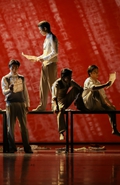 Repertoire
Repertoire
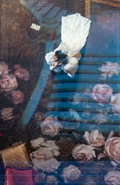 Films
Films
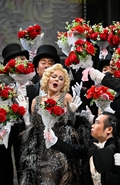 Videos
Videos
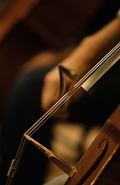 Podcast
Podcast
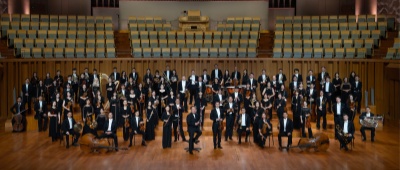 China NCPA Orchestra
China NCPA Orchestra
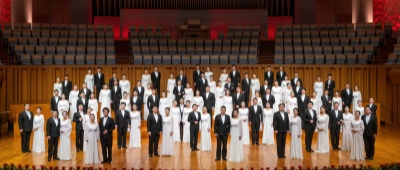 China NCPA Chorus
China NCPA Chorus
 NCPA Resident Singers
NCPA Resident Singers
 NCPA Drama Ensemble
NCPA Drama Ensemble
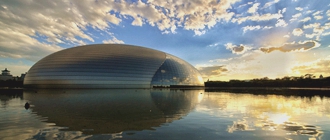 Buildings
Exhibitions
Buildings
Exhibitions
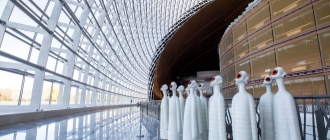 Opening Hours
Services
Opening Hours
Services
 Western Cuisine
NCPA Café
Arts Gifts
Western Cuisine
NCPA Café
Arts Gifts








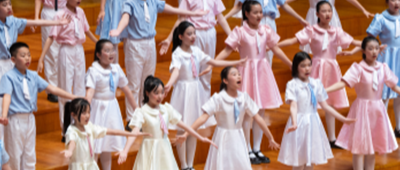
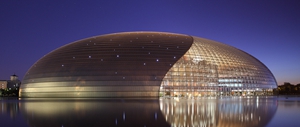
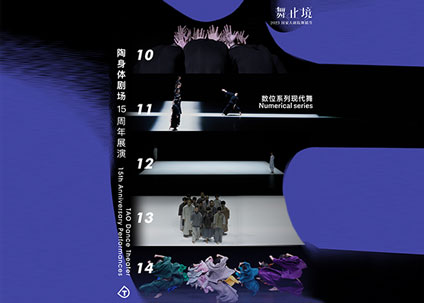





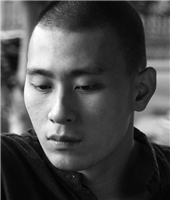
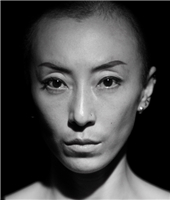
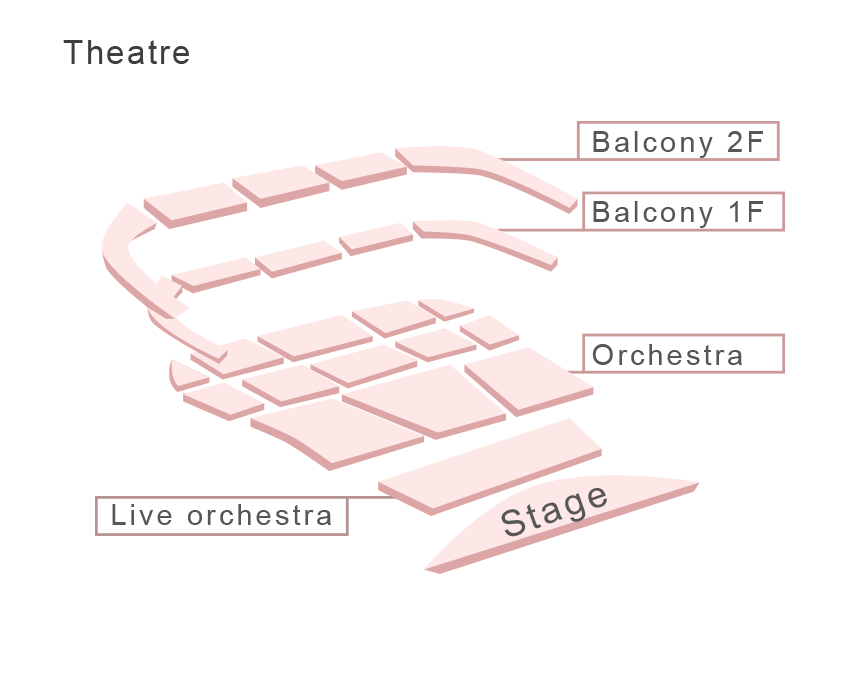 戏剧场
戏剧场
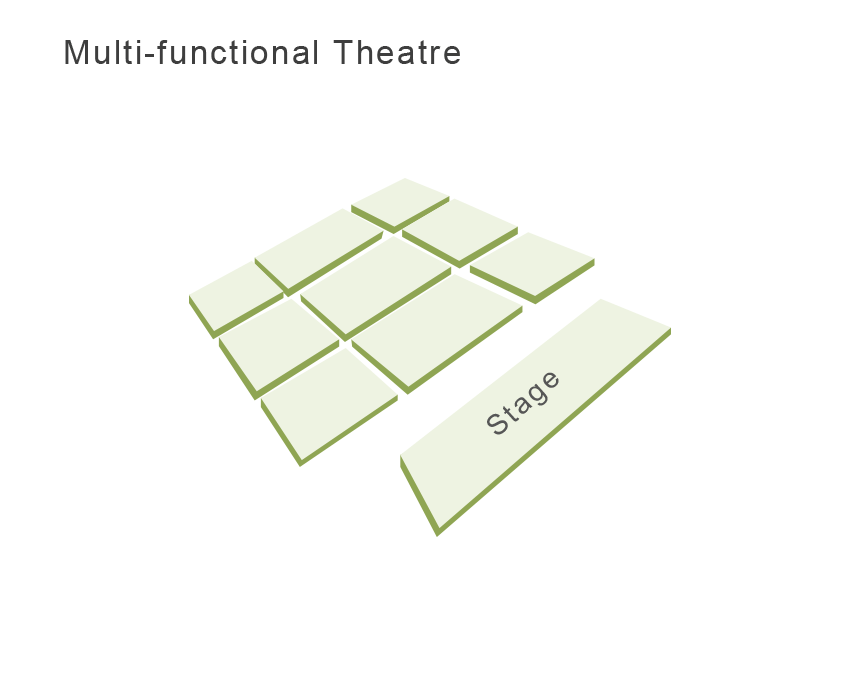 小剧场
小剧场
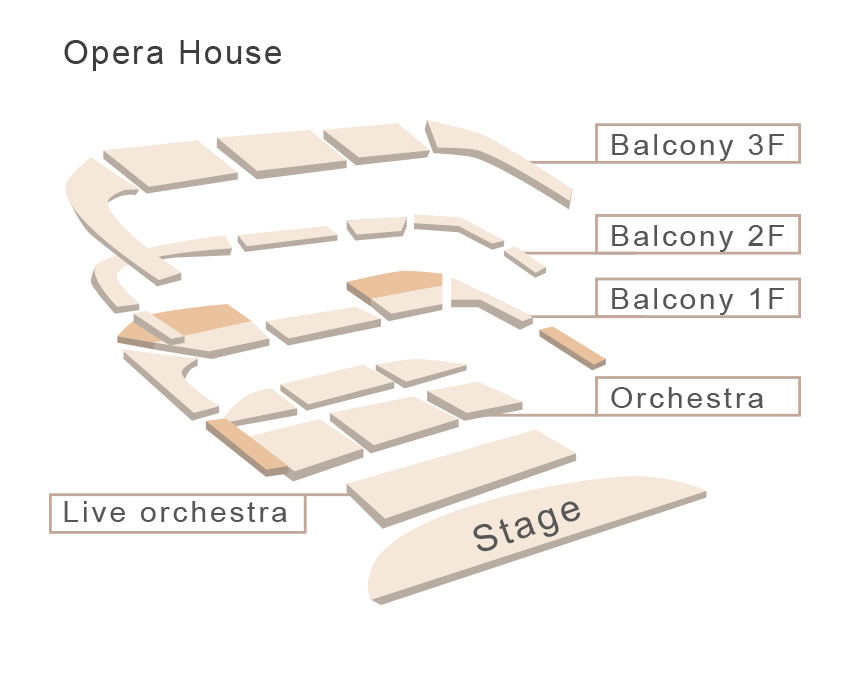 歌剧院
歌剧院
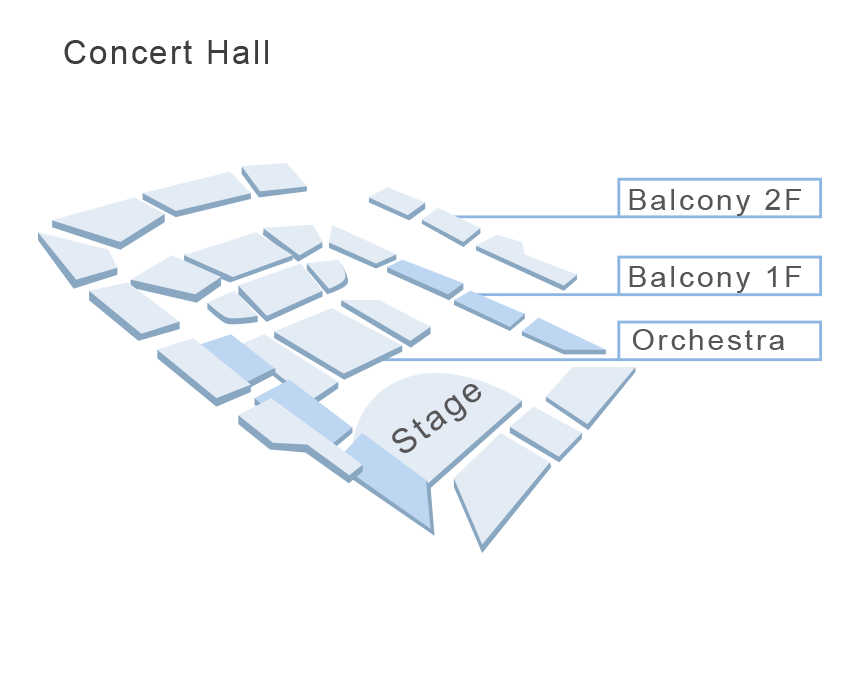 音乐厅
音乐厅











